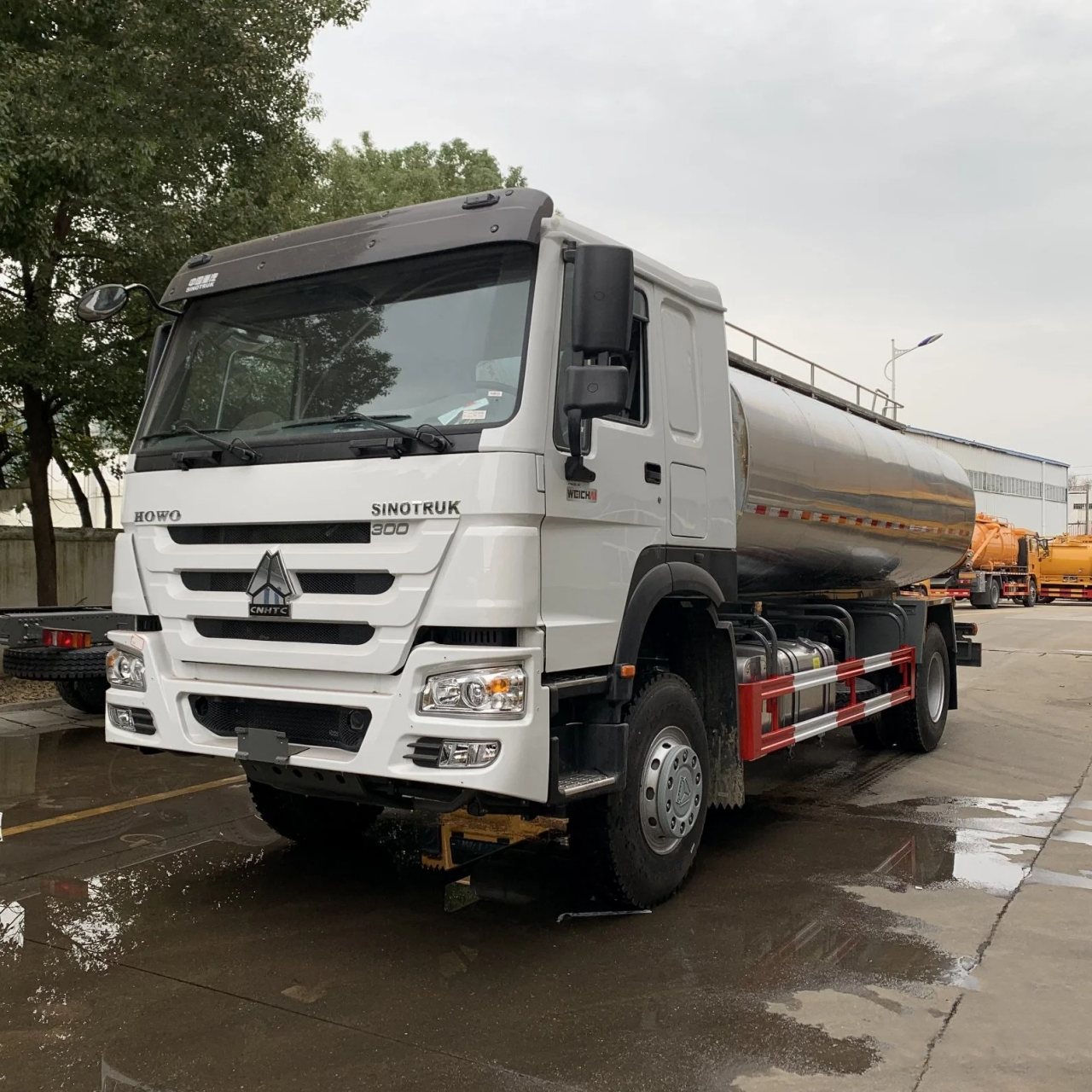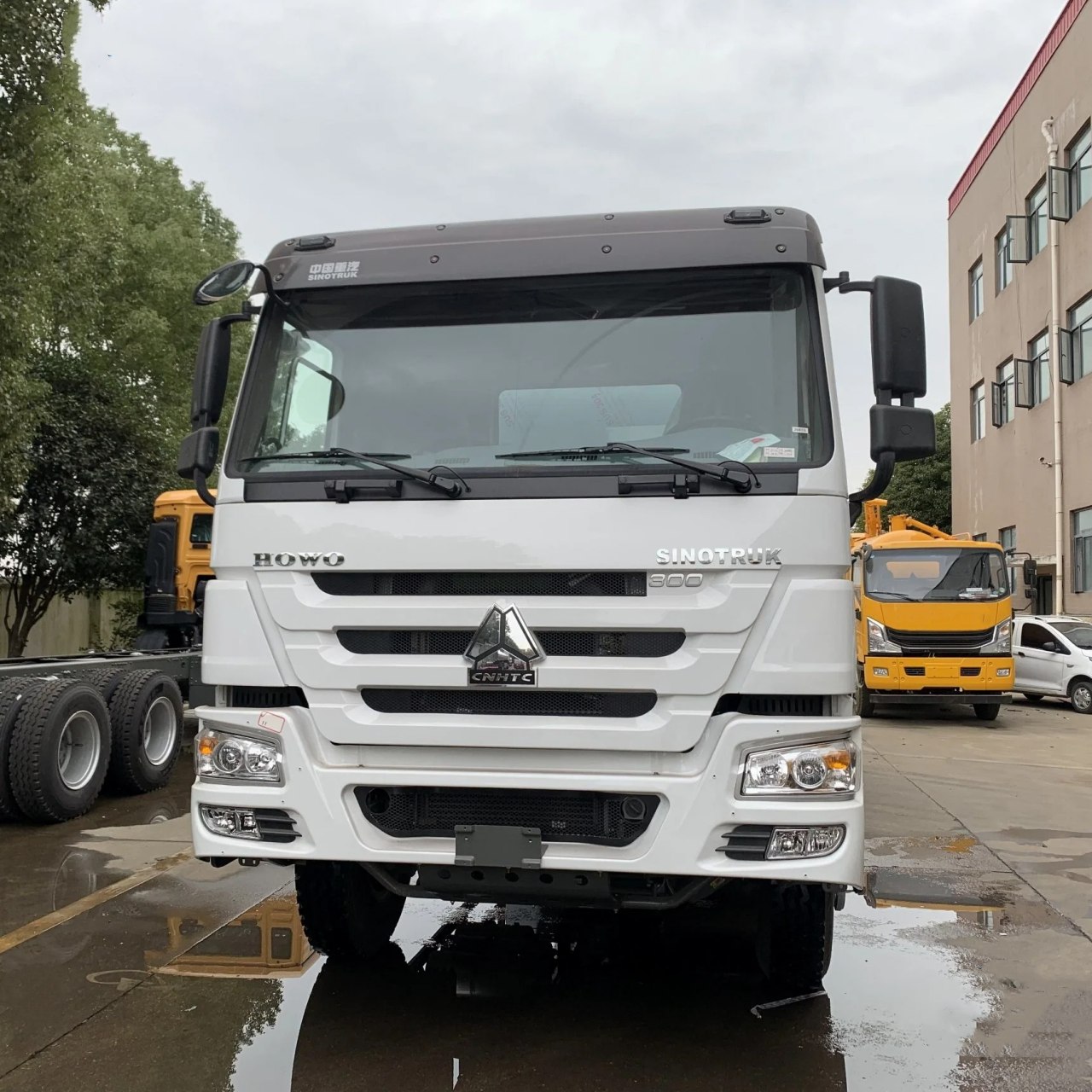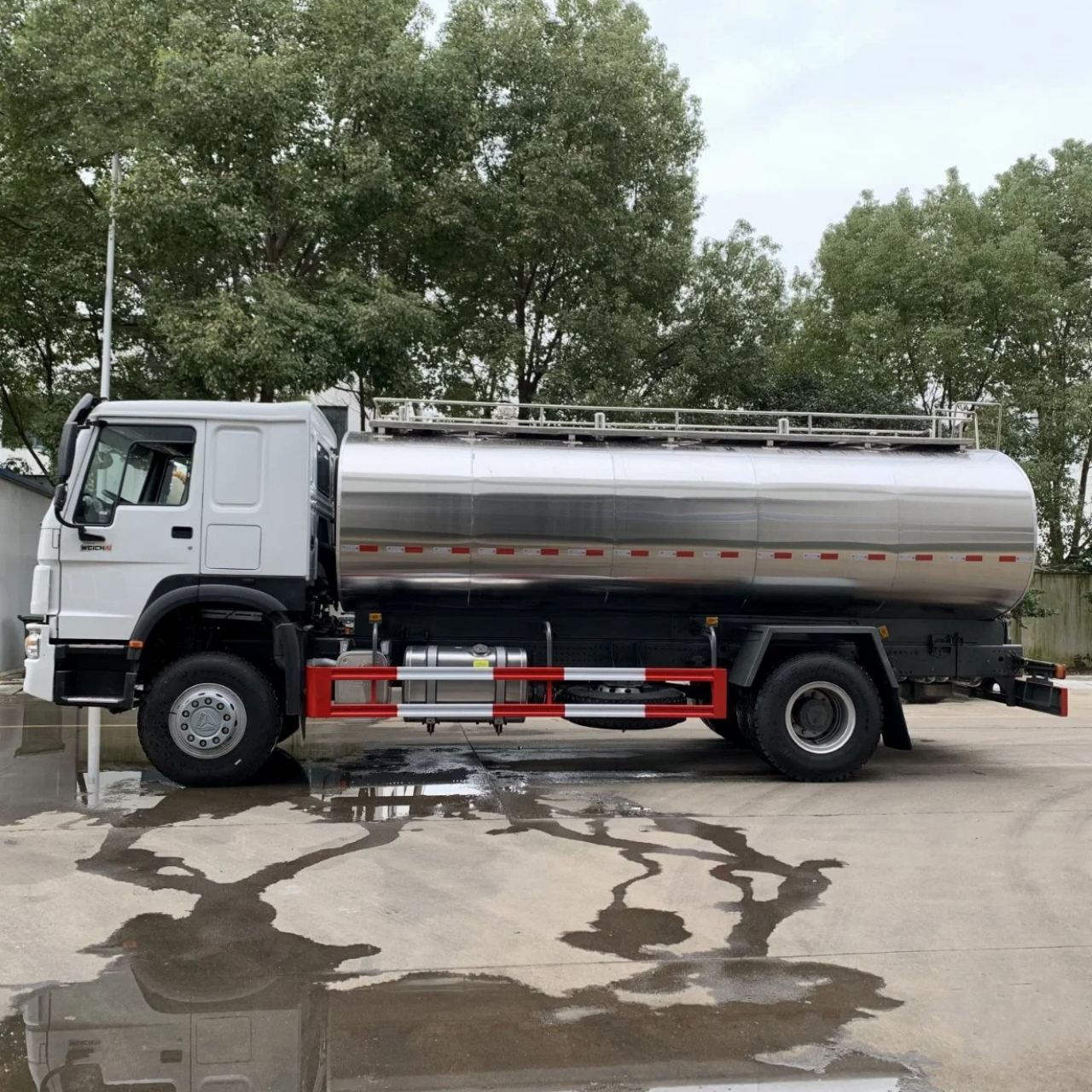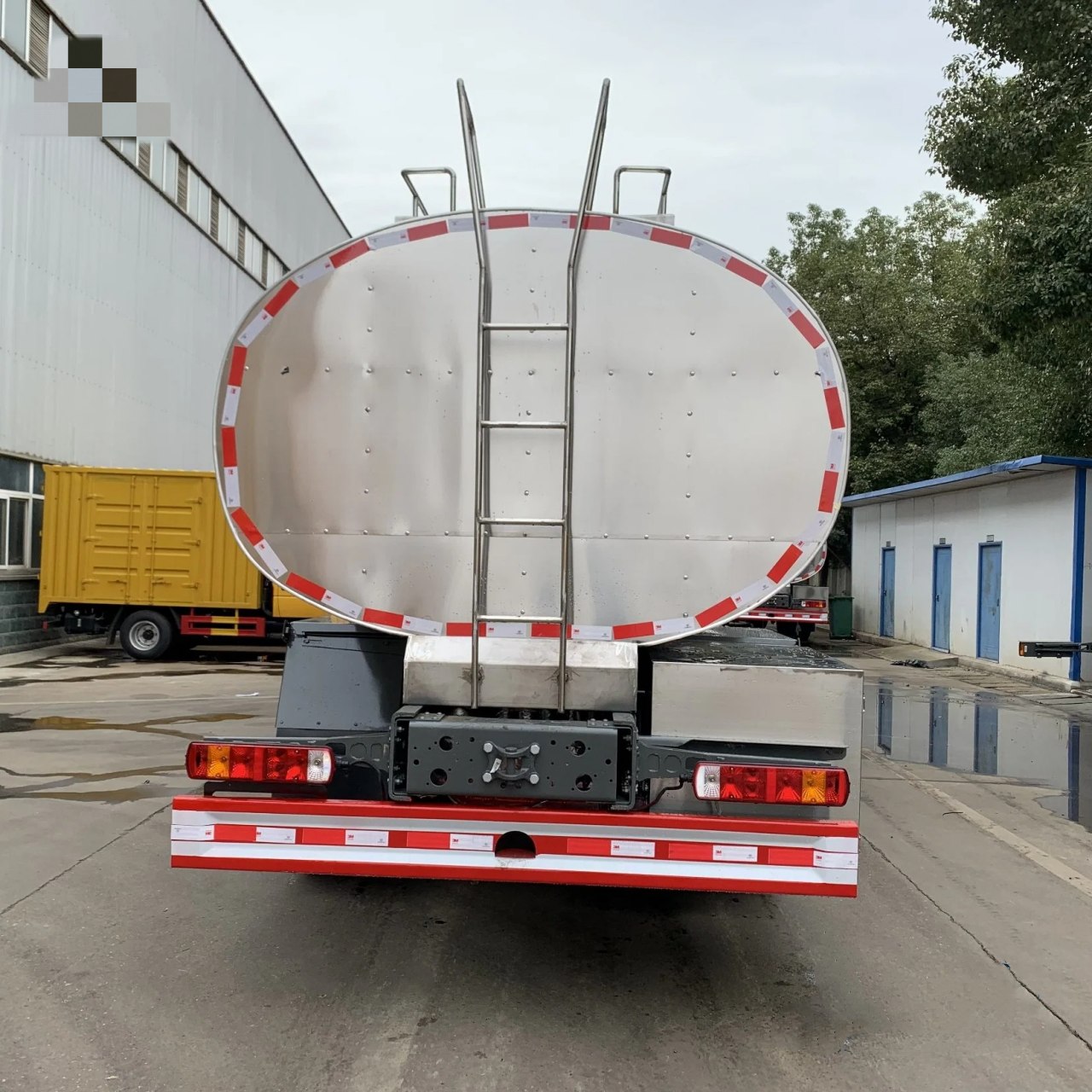When discussing chemical transportation, images of massive tanker trucks often come to mind, moving hazardous materials across highways or industrial zones. But not all chemical tankers are giants. Small chemical tanker trucks play a critical role in localized or specialized deliveries where maneuverability and access are essential. This article explores the size, capacity, design, and applications of small chemical tanker trucks to give a complete picture of just how “big” a small tanker is.
What Is a Small Chemical Tanker Truck?
A chemical tanker truck is a specially designed vehicle used to transport liquid chemicals, often hazardous, flammable, or corrosive, in bulk. These trucks are built to meet strict safety, regulatory, and engineering standards to ensure the secure handling of their cargo.
A small chemical tanker truck refers to a vehicle that is smaller in capacity and physical dimensions than standard highway chemical tankers. While there is no universal definition, most small chemical tankers typically fall into the 3,000 to 8,000 liters (approximately 800 to 2,100 gallons) capacity range. These vehicles are frequently used for urban or regional transport, delivery to industrial plants, laboratories, hospitals, or within chemical production facilities.

Dimensions of a Small Chemical Tanker Truck
While truck sizes can vary by manufacturer, country, and specific purpose, here are some typical dimensions of small chemical tanker trucks:
- Length: 5.5 to 7.5 meters (18 to 25 feet)
- Width: 2.0 to 2.5 meters (6.5 to 8.2 feet)
- Height: 2.5 to 3.2 meters (8.2 to 10.5 feet)
- Wheelbase: 3.2 to 4.2 meters (10.5 to 13.7 feet)
- Tank Capacity: 3,000 to 8,000 liters (800 to 2,100 gallons)
These compact dimensions make these trucks ideal for navigating congested urban environments, industrial zones, and other places where full-sized tankers would be impractical or unsafe.
Tank Construction and Materials
The tanks on these trucks are engineered to handle a wide variety of chemicals, each with specific requirements. Depending on the chemical being transported, tanks are made from materials such as:
- Stainless Steel: Highly resistant to corrosion and used for many acids and solvents.
- Carbon Steel (lined): Cost-effective option with linings like rubber or epoxy for corrosion resistance.
- Aluminum Alloy: Lightweight and often used for less reactive chemicals.
- Polyethylene or FRP (Fiber Reinforced Plastic): Common for transporting corrosive chemicals like sodium hypochlorite.
Most tanks are cylindrical with reinforced baffles inside to reduce liquid surging, which improves vehicle stability. Additionally, they are designed with multiple compartments or isolated cells to carry different chemicals in one trip, or to prevent cross-contamination.

Key Features and Equipment
Despite their small size, these chemical tanker trucks are packed with safety and operational features:
- Insulated or Heated Tanks: To maintain proper temperatures for temperature-sensitive chemicals.
- Pressure Relief Valves: Prevent over-pressurization and maintain tank integrity.
- Grounding Devices: To avoid static discharge during loading/unloading.
- Spill Containment Systems: Catch and contain any leaks or spills.
- Advanced Pumping Systems: Often include PTO-driven or electric pumps with chemical-resistant hoses.
- Level Gauges and Flow Meters: For precise volume tracking.
In some configurations, the trucks are equipped with onboard control panels, allowing drivers or technicians to monitor pressure, temperature, and fluid levels during transit.
Weight and Load Limits
The gross vehicle weight (GVW) of small chemical tanker trucks typically falls between 7,000 to 15,000 kg (15,400 to 33,000 lbs). This includes the chassis, tank, pumping system, and chemical cargo.
Here’s a breakdown of common weight ranges:
- Empty (Tare) Weight: 4,000 to 7,000 kg (8,800 to 15,400 lbs)
- Payload Capacity: 3,000 to 8,000 liters of liquid, depending on the density of the chemical
For example, sulfuric acid is denser than gasoline, so the volume carried might be lower to stay within legal weight limits. The payload has to be carefully calculated according to the specific gravity of the chemical to ensure roadworthiness and compliance with transportation regulations.

Applications of Small Chemical Tanker Trucks
Small chemical tankers are versatile and used in numerous industries, including:
- Water Treatment Plants: Delivery of chlorine, alum, or caustic soda.
- Pharmaceutical and Biotech Facilities: Transporting lab chemicals or solvents.
- Agricultural Sector: Fertilizers and pesticide delivery.
- Oil and Gas: Small-batch chemical additives or treatment fluids.
- Firefighting and Hazmat Units: Emergency delivery of neutralizing agents or foams.
- Municipal Services: Street cleaning chemicals, de-icing agents, etc.
They are also commonly used by chemical distributors offering “milk-run” style delivery routes, servicing multiple small clients on a single trip.
Advantages of Small Chemical Tanker Trucks
- Accessibility: Their smaller size makes them suitable for areas with narrow roads, tight loading bays, or underground facilities.
- Efficiency: Lower fuel consumption and quicker loading/unloading for smaller batches.
- Flexibility: Easier to schedule and reroute based on customer demand.
- Cost-Effective: Ideal for clients who need small, frequent deliveries instead of bulk orders.

Regulatory Compliance and Safety Standards
Transporting chemicals—even in small quantities—requires adherence to strict regulatory standards. Small chemical tanker trucks must comply with:
- ADR (Europe) or DOT/PHMSA (USA) regulations for dangerous goods transport.
- UN Number Labeling and Hazard Class Placards.
- Driver Certification: Drivers must often be trained and certified in handling hazardous materials.
- Periodic Inspections and Certifications: Tanks, valves, and pumping equipment must be routinely tested for integrity and compliance.
Conclusion
So, how big is a small chemical tanker truck? In practical terms, it’s large enough to carry several thousand liters of hazardous chemicals safely, yet compact enough to navigate the narrow streets of an urban industrial park. These trucks represent the intersection of precision engineering, regulatory compliance, and logistical efficiency.
Whether serving a small hospital lab, a water treatment plant, or a specialized industrial facility, small chemical tanker trucks provide the essential link in the chemical supply chain. Understanding their size, capacity, and versatility helps us appreciate the quiet but crucial role they play in our everyday infrastructure.


